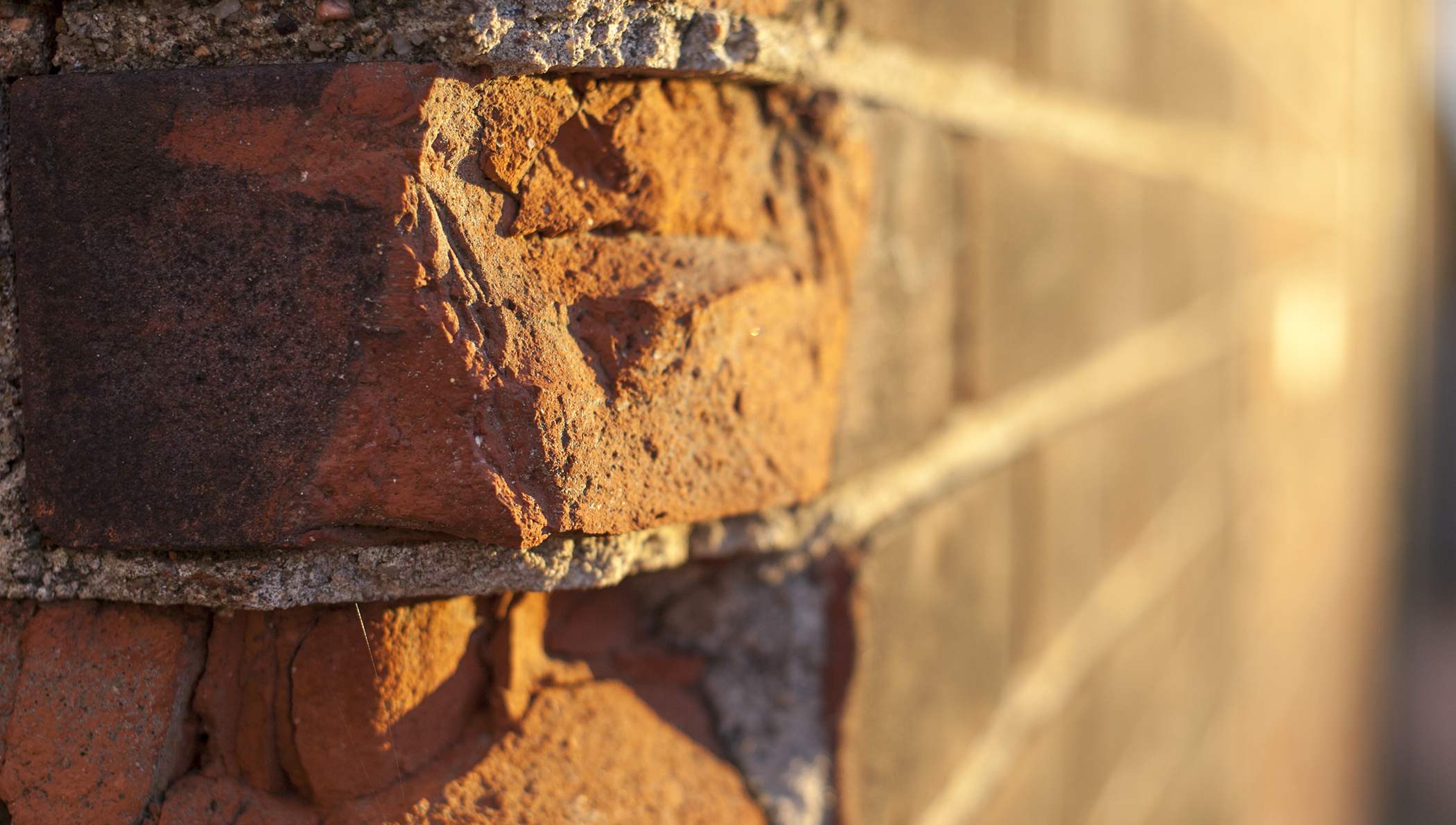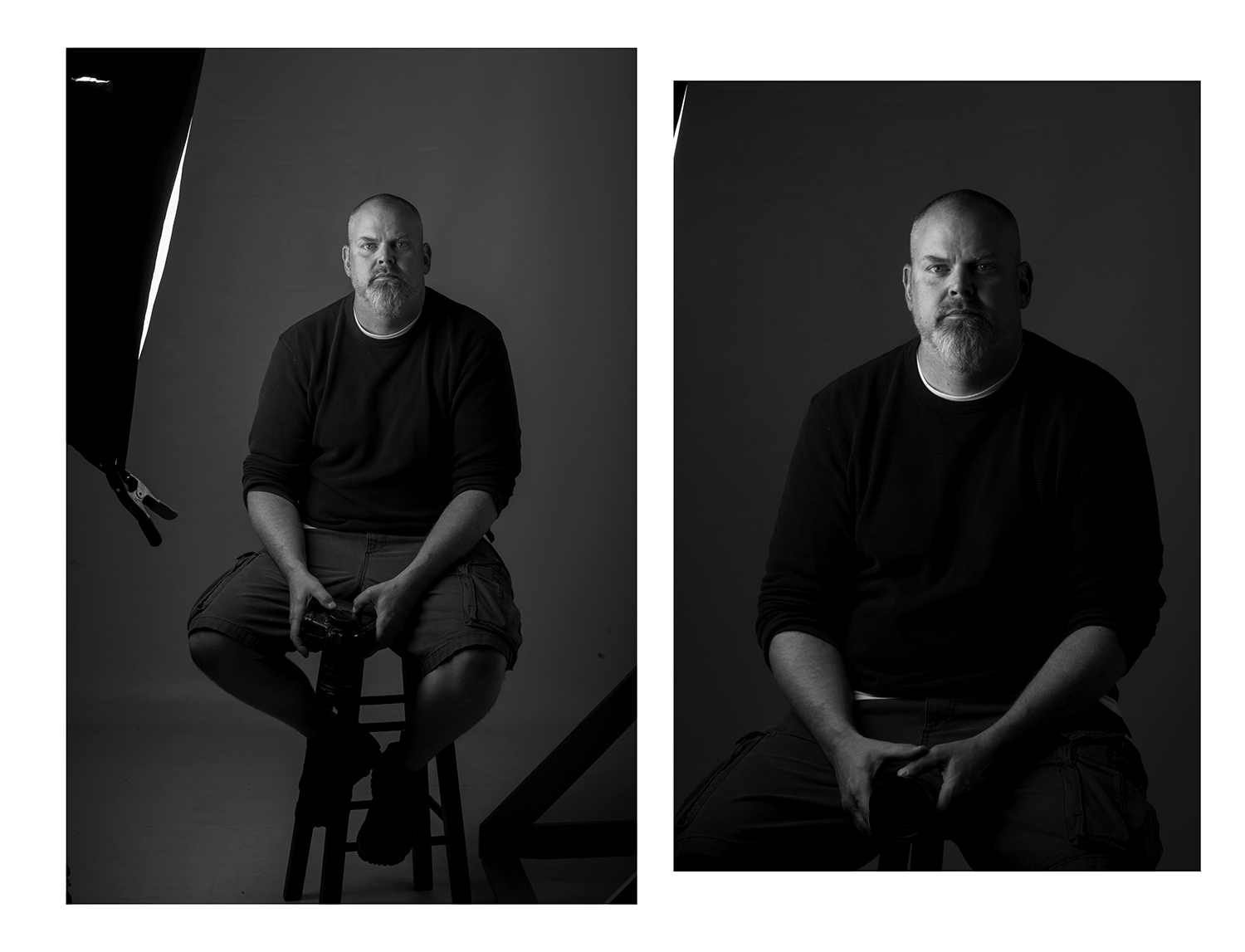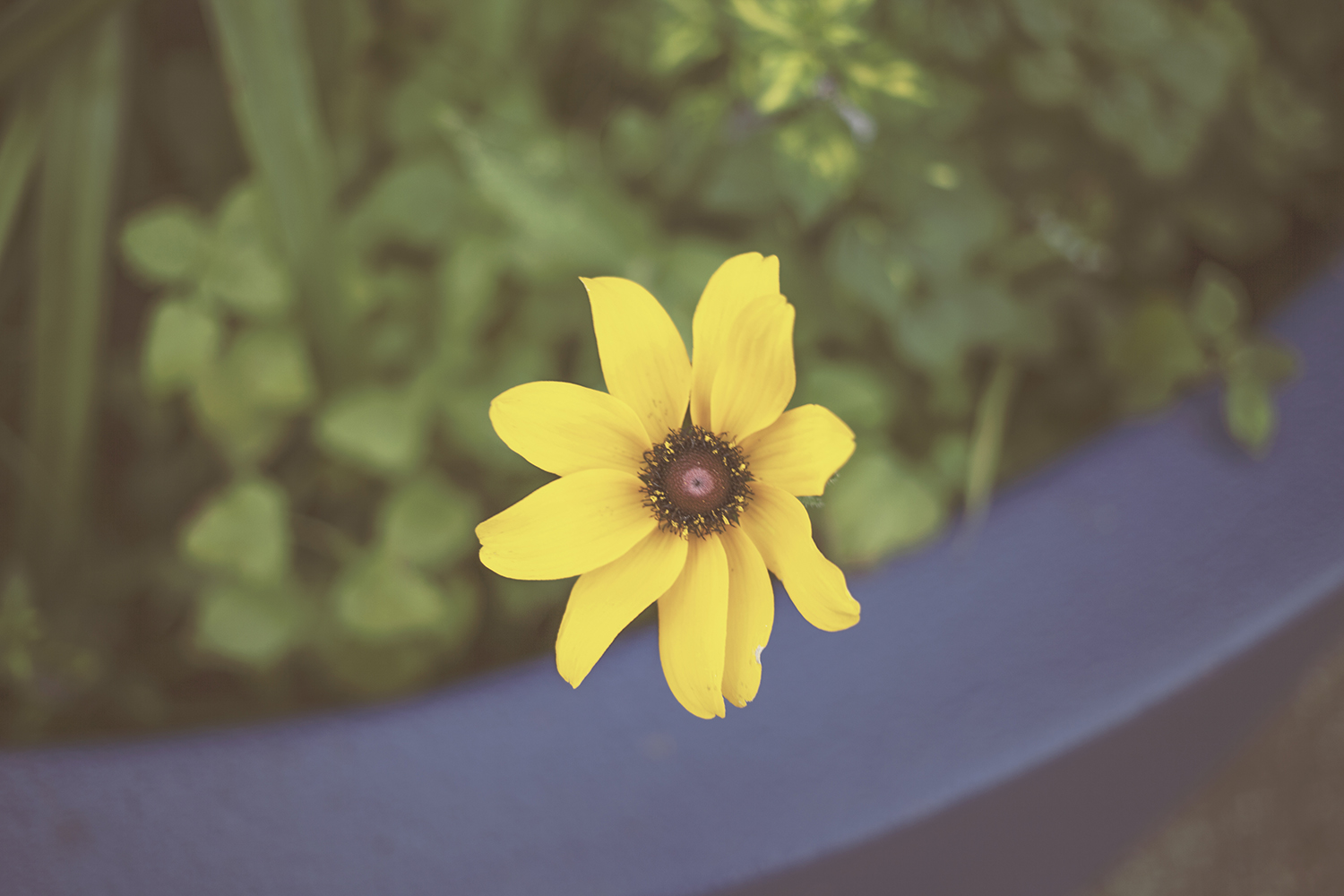Canon Vs. Canon: Lets talk tech...
So I bought a new camera today and I am going to put a no bullshit post together to discuss a few things. I did a side by side comparison of a Canon 7d and a Canon 5d Mark II in studio. I also did a few shots with the camera during an art exhibition and a quick walk around the studio. I am going discuss Depth of Field, (not bokeh) High ISO vs. Low ISO on the Canon 5d Mark II, and of course, what the cropped sensor vs full frame sensor looks like. I am going to start with Depth of Field. This is to educate you budding photographers. Depth of Field refers to the blurry background. Bokeh is a generic word that has no direct correlation to photography. It is not a photography term. It is a word someone, somewhere decided to place meaning to the shallow depth of field that a lens can provide. The smaller the F stop, F1.2, F 1.4, F 1.8, F 3.2, F 4, the shallow the depth, the more blurr the background will have. Everyone loves a great depth of field. But, bokeh is just that, a generic effect that people think can be applied, when such is not the case. There are reasons why companies charge you 1, 2, and 3 grand for a lens, because it makes your photos looks amazing. That is so long as you know what you are doing with the lens. See the photos below.
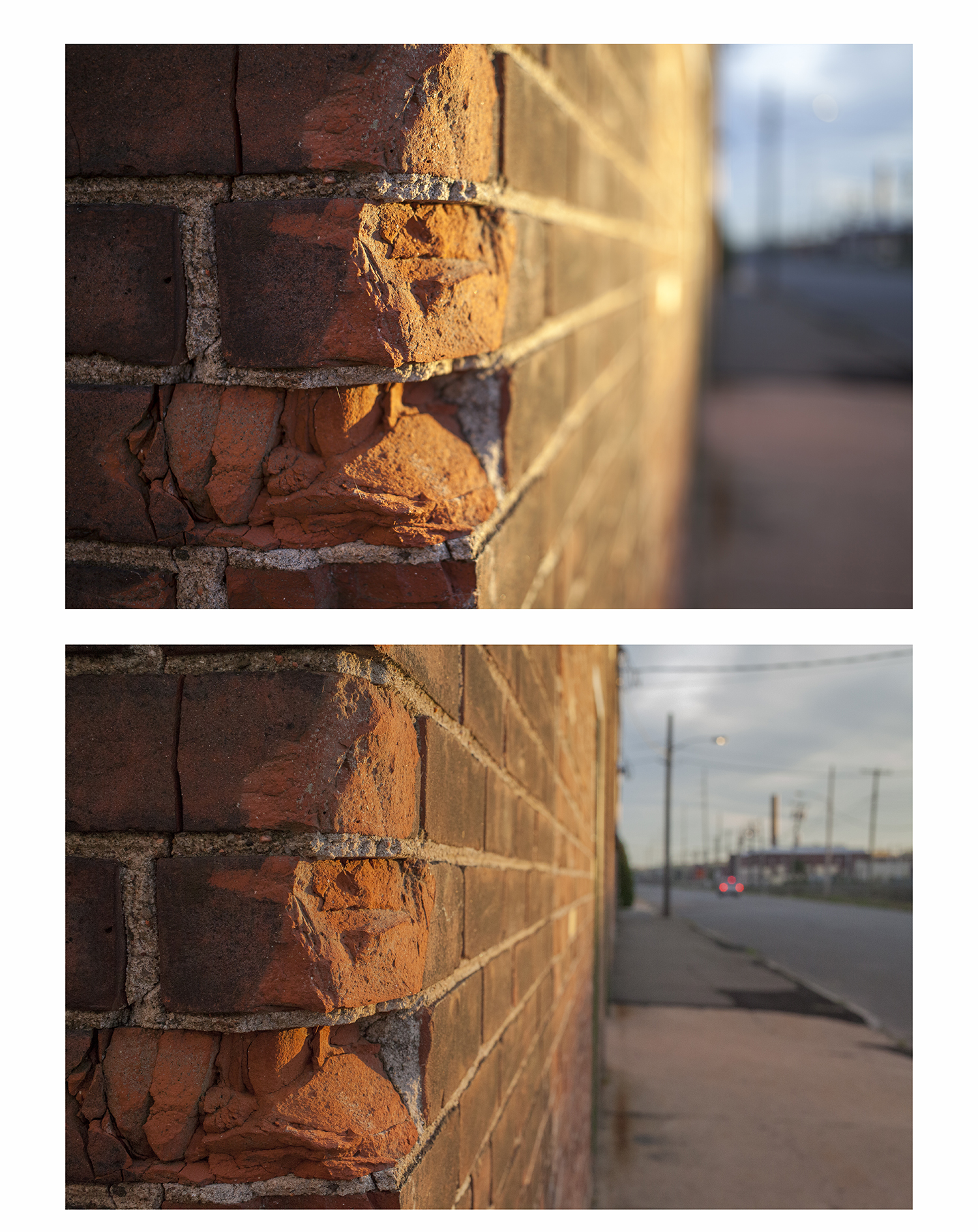 This photograph is a comparison of the Low ISO, or standard ISO of 100 (TOP) of the High ISO of 6400 (BOTTOM). The top image was shot at F3.2 and an ISO of 100. Below was shot using an F stop of 10 and a shutter speed of around 500, ISO 6400. Now, I can tell you that an ISO at 6400, shutter speed of 500 and F 10, not necessary, but to do a comparison, very much needed. With a good, strong, proper light source, fadding sunset to the right, you will not see massive chunks of grain and digital noise. Why is that you say? WHY do both photos look so similar? Well, that is very clear. It was shot on a Canon 5d Mark II. The processor, Full Frame sensor, makes this camera a beast!!!
This photograph is a comparison of the Low ISO, or standard ISO of 100 (TOP) of the High ISO of 6400 (BOTTOM). The top image was shot at F3.2 and an ISO of 100. Below was shot using an F stop of 10 and a shutter speed of around 500, ISO 6400. Now, I can tell you that an ISO at 6400, shutter speed of 500 and F 10, not necessary, but to do a comparison, very much needed. With a good, strong, proper light source, fadding sunset to the right, you will not see massive chunks of grain and digital noise. Why is that you say? WHY do both photos look so similar? Well, that is very clear. It was shot on a Canon 5d Mark II. The processor, Full Frame sensor, makes this camera a beast!!!
The only difference between the top and bottom photo are, Depth of Field. Look closely. A small number is a bigger opening in the lens, thus, allowing more light in, but also, it creates that incredible gradated blur. See below.
This photograph was made at ISO 100, F3.2 shutter speed of 160th a second. Pretty nice how it shifts to blur right? Check out the photo below.
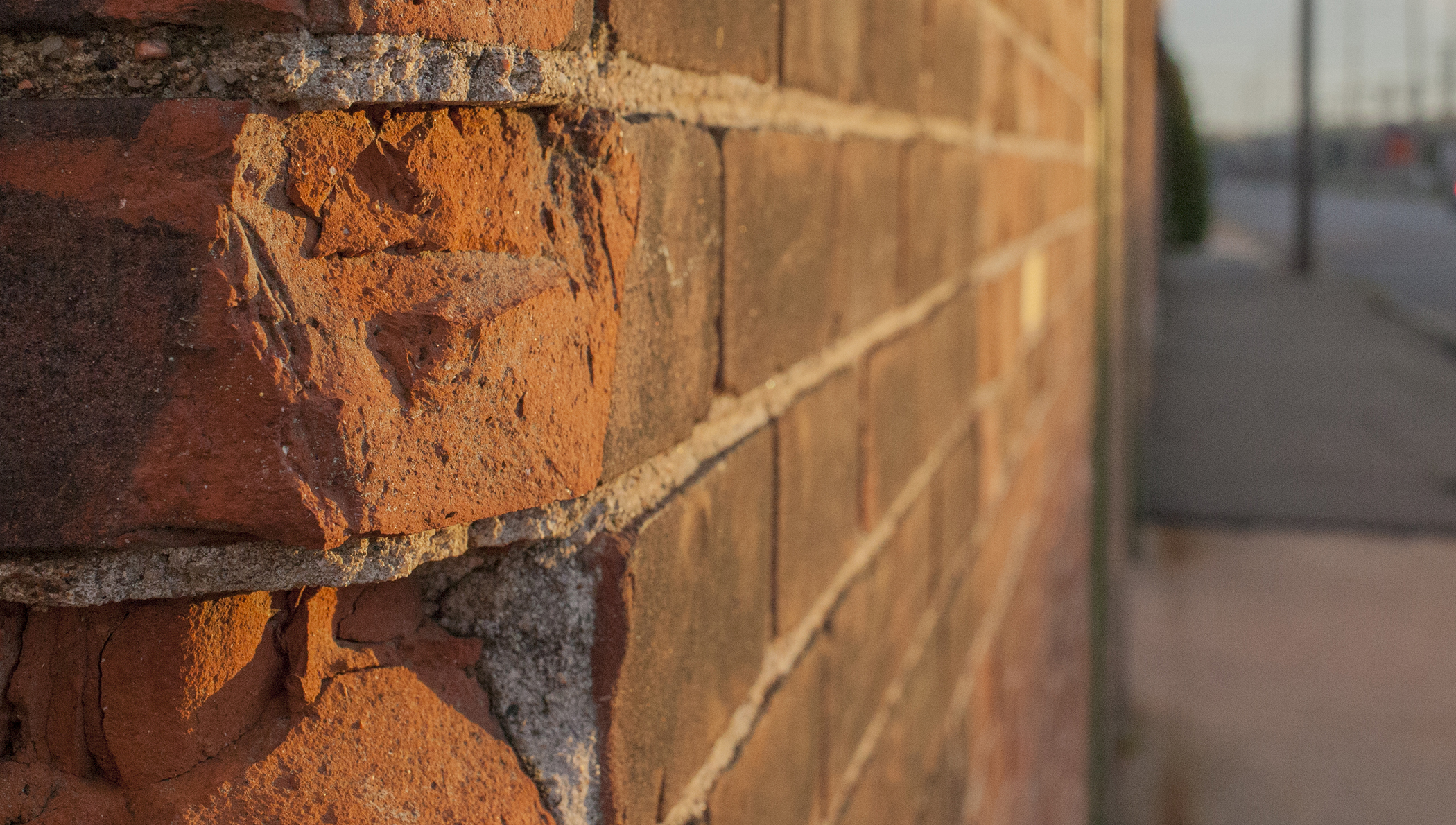 This photo was made using ISO 6400, F 10, shutter speed around 500. The bigger the number, the smaller the number, the less blur that is resulted. Its not called anti-bokeh... Its just less depth of field..
This photo was made using ISO 6400, F 10, shutter speed around 500. The bigger the number, the smaller the number, the less blur that is resulted. Its not called anti-bokeh... Its just less depth of field..
The reason I am so against this terminology is that it is mis-informative and does not provide a clear understanding of what is happening. Now, with the iPhone and this new Nokia Lumia 1020 piece of junk that claims to have this incredible focus and 41 mega pixels, which is 38 more than a cell phone needs, people are applying filters and such that mimic what a professional camera can do. Depth of Field is a real term, with an entire science behind it. Bokeh is a philosophy that has Asian roots, not a term that denotes a photographic process. One could argue that is not true, since someone applied that to photography, but one would be incorrect.
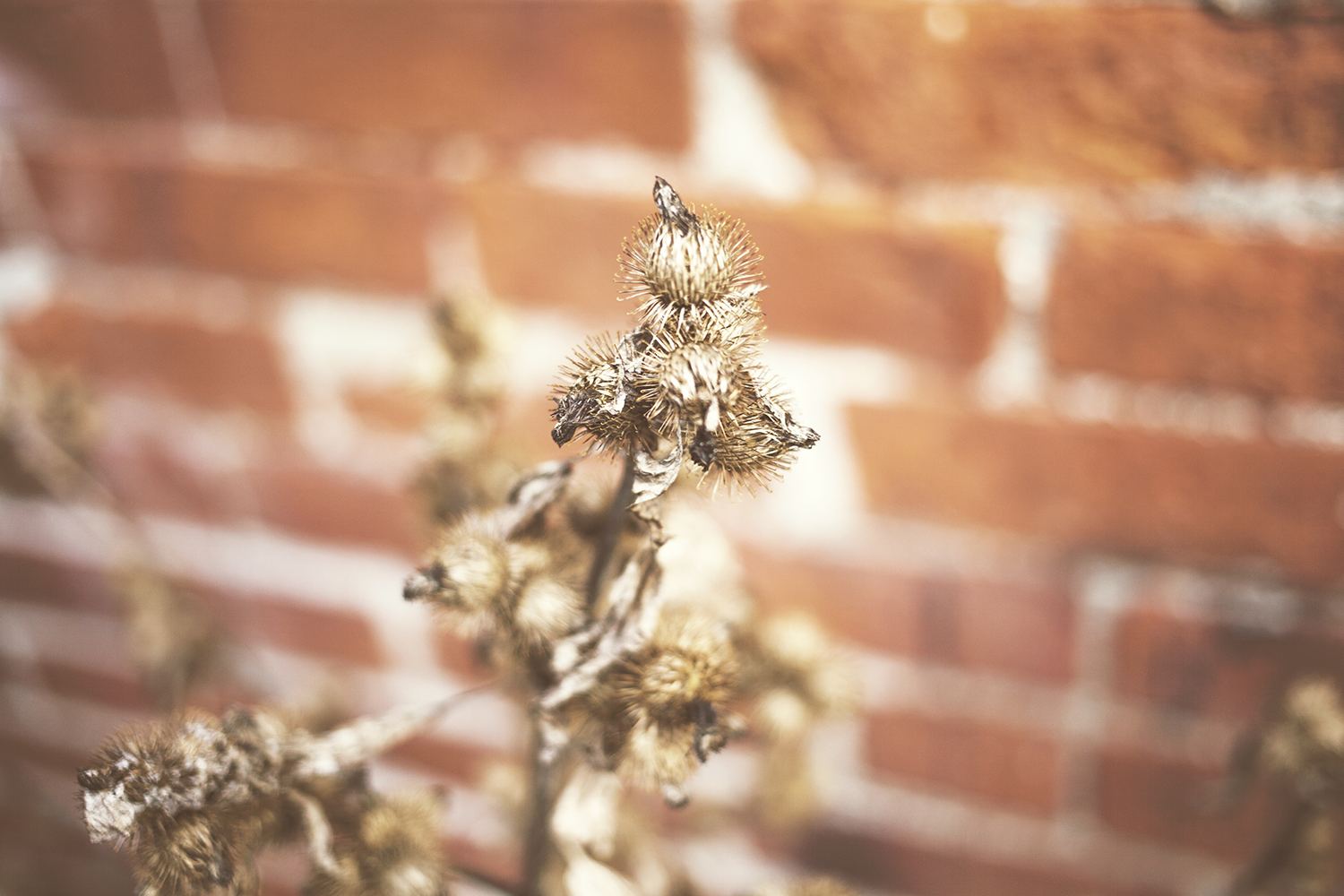 That is pretty, ain't it? Chicks dig flowers. Photograph flowers and chicks will dig ya. (Not really)
That is pretty, ain't it? Chicks dig flowers. Photograph flowers and chicks will dig ya. (Not really)
Lets talk about the difference between a full frame sensored camera and a cropped sensored camera. Why do you need a camera that costs $2500.00 vs a camera that costs $500.00? Here is why. Because you do. Well, more explanation is warranted. A full frame sensor is better. Better performance, less noise, less grain, large images closer to what a 35mm negative would produce. Over all, they are better, faster, and produce higher quality images. No lie. It makes all the difference in the world.
Take a gander at the following image of two photos.
Both photographs were shot in studio, both were shot using a 70-200 mm f2.8 with a sexy Profoto light. What are the differences? Well, look at the photo on the left. You can see Bob's entire body on the stool, where as the image on the right, you can not. Why is that? Well, that is what a cropped sensor does. Both photographs were made standing on the same crack on the floor board. While the image to the right is technically better because all the junk, stool, softbox, and legs from the gobo are out of the way, it is a great way to show the comparison of full frame vs. cropped, and, if you take notice, the cropped (right) is a bit smaller in general.
Again, photograph flowers. Chicks will dig ya. (no, they really really won't.)
So, what is the point of this article? Stop using the word Bokeh, and if you want to be a professional photographer, making professional images invest in the proper equipment. If you are a hobbyist with expensive camera gear, with zero clue as to what you are doing, perhaps a photography course would broaden your minds. I kid, I kid. Really I do. If you love making photographs, love using your camera, explore. Explore what the camera can do, what it is capable of, what its limitations are, but most importantly, explore what your limitations are, and go beyond them. When I picked up my first digital camera, I had no idea how to use it. I had a vast working knowledge of photography using film, paper, and chemicals. Since then, I have devoted my entire life to learning. Learning how to produce photographs.
(I hope you have enjoyed my comedic cynicism. Toodels)


